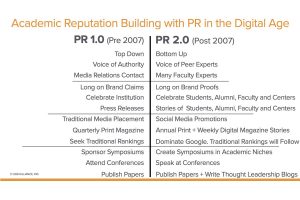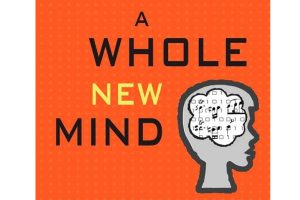
With mass adoption of smartphones and social media, traditional public relations, or PR 1.0, has evolved into PR 2.0. The traditional rules of PR for building reputation in key areas and conveying values have fallen to the way side, and a new paradigm has emerged. Instead of relying on media relations contacts as gatekeepers for […]



